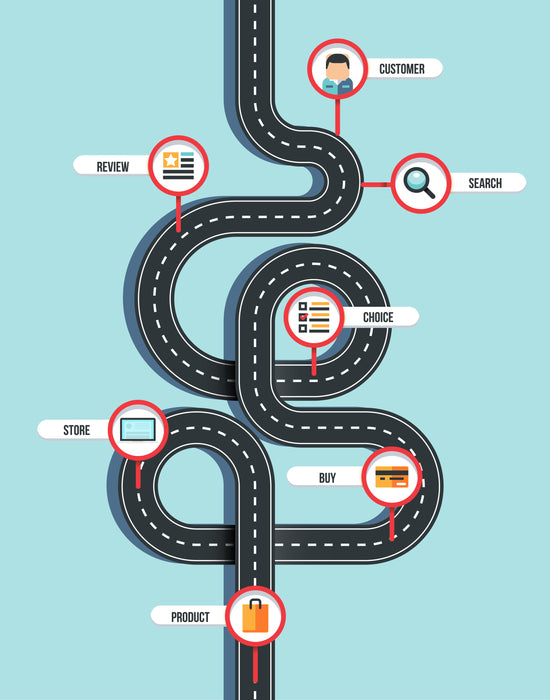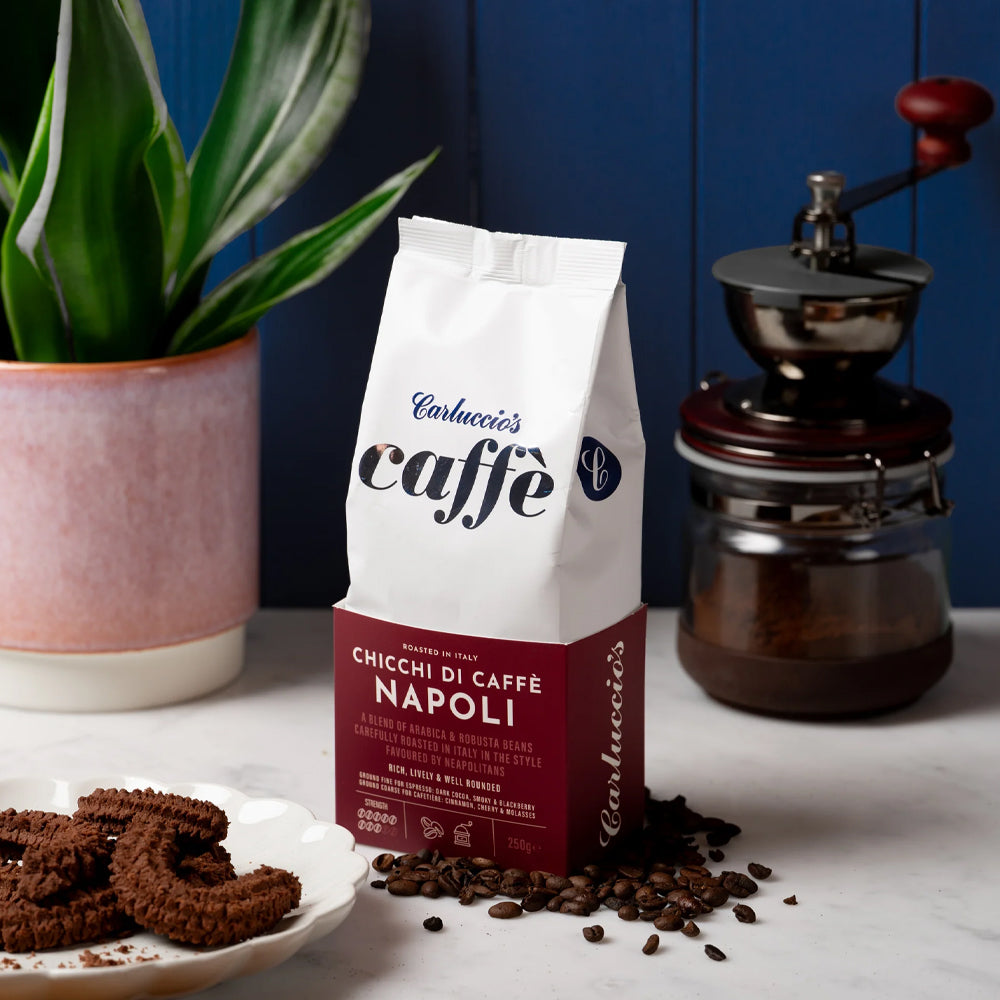Design & UX
Absolute are an experienced user experience (UX) design agency with roots built on traditional design processes. We specialise in Magento and Shopify eCommerce platforms and have a proven methodical approach that ensures your brand positioning is successfully delivered. Our user focus helps to ensure a solid foundation for growth.

The UX design process starts with a creative brief and detailed discovery workshops to define requirements. As a leading eCommerce agency, we understand the value that this process brings to any transactional website.
Whether you require a prototype, page specific solutions, or a comprehensive website or app UX review, our team of experts are here to ensure that your users receive an exceptional digital design experience. We have the skills and knowledge to deliver class leading results and proven improvements in CRO, tailored to eCommerce clients on Magento and Shopify.
UX PROCESS
It is critical to include the key stakeholders in the UX design process to uncover what is important to your business and its customers. It allows for an open discussion of your brand guidelines, personas, business logic and processes, and how these can be translated into your online user experience. Our 7 step UX process is as follows:
1 Understanding the challenge
2 Discovery
3 Analyse
4 Define the problem
5 Ideation
Answer goes here...
Answer goes here...
6 Visualisation
Answer goes here...
Answer goes here...
7 Conclusion
Answer goes here...
Answer goes here...

USER SURVEYS & INTERVIEWS
Engaging with your customers is important to get a feel of how your customers perceive you, and measure their experience with your brand.
As part of the discovery process, we would aim to create an effective customer engagement strategy, kicking off with user surveys to canvas opinions and undertaking user interviews focusing on customer mission maps to glean information about real users perspectives, providing we have a reliable set of user data to work with.
We would therefore qualify this in the workshop by conducting user research and asking you about your business and your customer data to understand how you communicate with your customers (are the customers used to receiving emails from you, seeing you in person?), how well organised the data set is (e.g. has the customer data set been segmented into groups?) and most importantly, how well you know your online customers (regular communication to groups of users is ideal here) so we have a sufficient and reliable set of user data and resources to undertake these tasks successfully.
We’d reach out to your customers and prepare for follow up meetings to undertake user interviews whereby we could assign a few customer mission maps for willing participants, noting any pain points encountered through these journeys and gathering views on the business from a user perspective.

AFFINITY MAPPING
Affinity mapping is a collaborative method used to organise and categorise a large amount of information or ideas into meaningful groups.
It is a visual and interactive process that encourages team members to contribute their thoughts and insights. During affinity mapping, individual ideas or data points are written on sticky notes or digital cards, and then they are grouped together based on their similarities or related themes. This process helps to identify patterns, connections, and relationships within the data, enabling teams to make sense of complex information and gain deeper insights.
Affinity mapping promotes creative problem-solving, facilitates group decision-making, and encourages a shared understanding among team members. By visually organising information through affinity mapping, teams can better analyse and synthesise data, leading to more informed and effective decision-making in various domains such as user experience design, research, brainstorming, and project management.
ANALYTICS
As mentioned in our UX process, we use effective tools such as Google Analytics, Hotjar, Semrush and Clarity.
We can track key metrics like the number of visitors, their demographics, and the sources of traffic. Additionally, analytics can provide information on user engagement, such as time spent on pages, click-through rates, and conversion funnels, enabling businesses to identify areas of improvement and tailor their website to meet user needs. By analysing website analytics, businesses can gain a deep understanding of user preferences, optimise the user experience, and ultimately drive better results, whether it's increasing conversions, improving engagement, or enhancing overall website performance.

PERSONAS
UX personas, also known as user personas or customer personas, are fictional representations of target users based on research and data.
They are created to develop a deeper understanding of the users and their needs, motivations, behaviours, and goals. UX personas provide a human-centred approach to design by personifying the target audience, helping designers and stakeholders empathise with the users and make informed decisions. Personas typically include demographic information, such as age, gender, occupation, and location, as well as psychographic details like attitudes, preferences, and pain points.
They are often accompanied by a name, photo, and a brief narrative that brings the persona to life. By referencing UX personas throughout the design process, designers can align their decisions with user needs, enhance the user experience, and create products or services that resonate with the intended audience.
USER JOURNEY MAPS
User journey maps are visual representations that illustrate the steps, interactions, and emotions users go through when engaging with a product, service, or website.
They provide a holistic view of the user experience, mapping out the entire journey from the initial touchpoint to the final goal or outcome. User journey maps capture the user's actions, motivations, pain points, and opportunities for improvement at each stage of the journey. They help designers and stakeholders understand the user's perspective, identify pain points, and uncover opportunities to enhance the user experience. User journey maps can be created through research, user interviews, and data analysis, and they can be presented as a timeline or a series of touchpoints with accompanying narratives, user emotions, and key insights. By visualising the user journey, teams can gain valuable insights, align their efforts with user needs, and design experiences that are intuitive, seamless, and engaging.

CONTACT
Contact us to find out how we can help you increase traffic and drive sales.
Please get in touch for a no obligation, highly accurate estimate and timeline for a new Magento or Shopify eCommerce site.

CASE STUDIES

Fired Earth - Shopify Plus
Fired Earth’s move to Shopify Plus marked a major transformation for their B2C and B2B operations, streamlining their product catalogue and delivering a faster, more adaptable eCommerce experience, supporting growth and enhanced customer engagement.
-
Shopify

Carluccio's Coffee Subscription
Discover how we helped Carluccio’s transform their online coffee products, creating a bespoke design, unique user journey and efficient user experience, resulting in an eye-catching subscription service, seamlessly integrated with their Shopify site.
-
Shopify
Enter your email address to sign up to our newsletter, featuring case studies, insights, industry news and much more.
